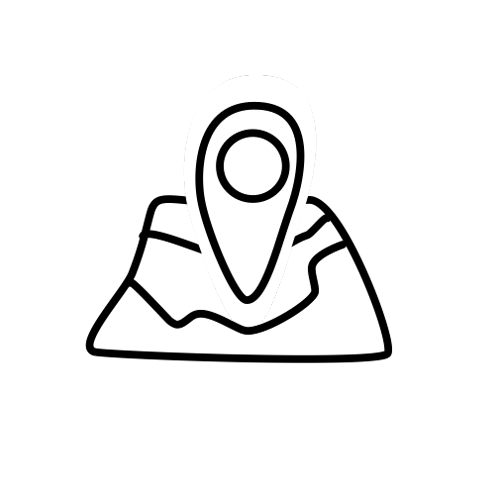
Our hiking tours can take you through New Zealand's best National Parks and reserves, as well as to the volcanic and coastal regions our country is famous for. Experience nature as it should be - pure and pristine, including birds and other wildlife. Overnight hikes like the Milford Track, Hollyford Track, Routeburn Track and Queen Charlotte Track are suitable for walkers of all levels and there are also a great number of one-day walks like the Tongariro Crossing for those who prefer shorter walks.
Regardless of which walk you decide to do in New Zealand, we do ask that you take note of our New Zealand Environmental Care Code - a simple 10 point checklist to ensure your enjoyment of our pristine environment and to keep it safe for future generations.



